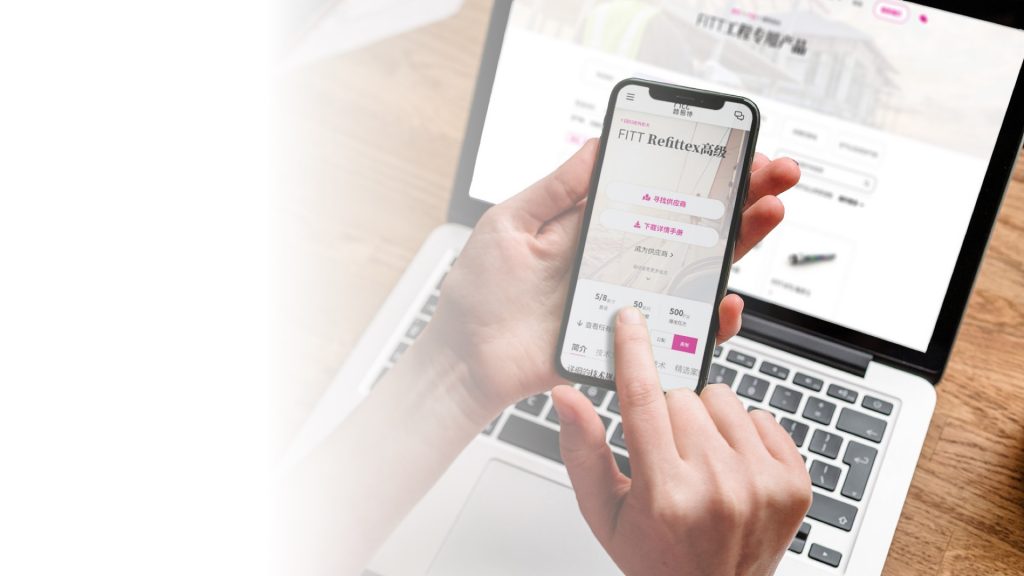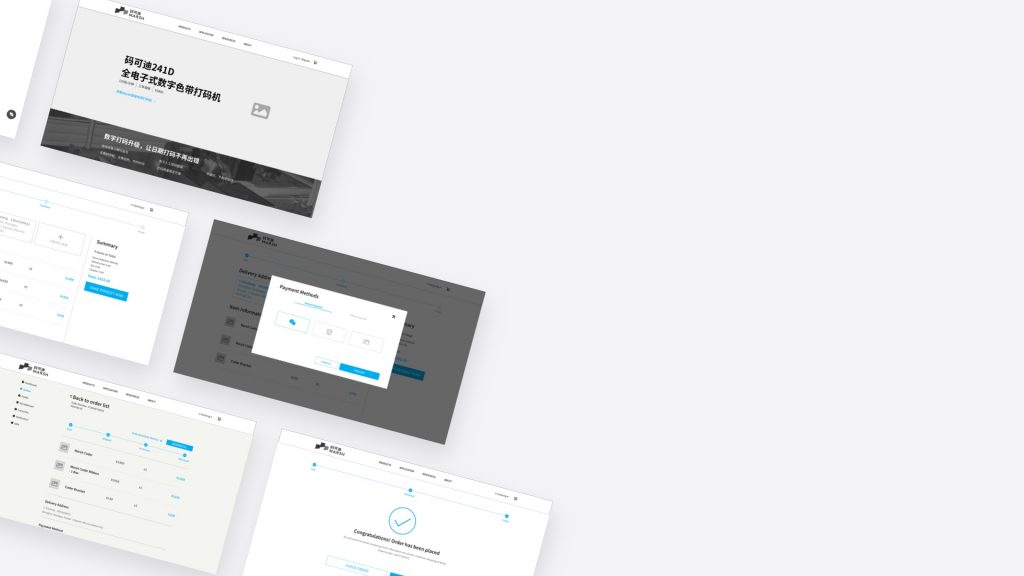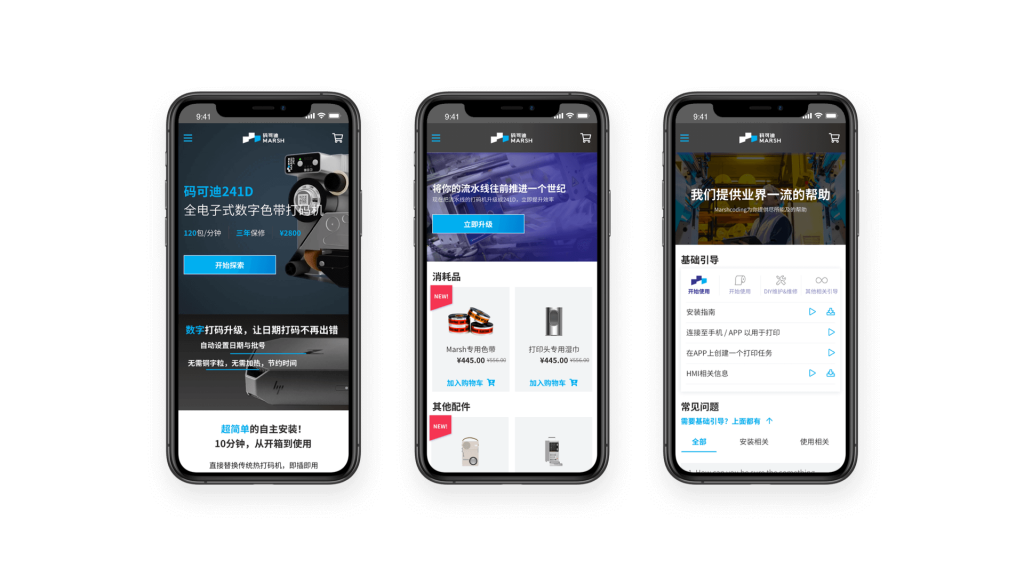In this era when so much of our buying and selling is done online, B2B digital transformation has become an attractive option for many enterprises. With the impact of CoViD-19 this past year, the importance of the Internet to business has never been more clear.
But how does an offline B2B enterprise go online? What steps do you need to take from traditional business to eCommerce operation? In this article, we break down the major phases of B2B eCommerce digital transformation.
Product Catalog

The first step, and simplest, is to set up a brand website with a product catalog. A brand website has obvious benefits. When potential customers want to know more about your brand, they can easily find you online! This builds brand trust. It also boosts brand awareness, as it creates the opportunity for potential customers to discover you online. While at this stage, customers aren’t able to buy products from your website, this is still an important step. They can browse the range of products you offer, and learn more about them and your brand. As such, they can develop further interest in your products and so move from this initial step to contacting you and progressing to become a new customer. Likewise, existing customers can use the site and catalog to refer your brand and products to other potential buyers. This makes product catalogs an effective first step in digital transformation towards B2B eCommerce!
Online Storefront



This is perhaps the most obvious step, and one some might consider to be the only step. But as we’ve just covered, product catalogs can actually be a better first step for some brands. Nonetheless, the goal of most brands is to offer online sales for their customers. Obviously the added convenience (and safety, in the era of CoViD lockdowns!) and strong sales infrastructure online can be hugely beneficial.
But it would be a mistake to see this step as merely putting your products for sale on a marketplace or your website. There are multiple avenues to explore here. Choice of marketplace can be important, as well as the specifics of how your online store works. Crucially, it’s becoming increasingly important to support multiple devices, especially mobile – even for B2B web-stores. Buyers are starting to demand the familiar conveniences they know from their B2C shopping habits from B2B offerings also.
One key point that some overlook is making the most of the customer interaction and transaction. These offer the valuable opportunity to make lasting connections with customers, and learn more about them. By connecting to their email or other contact methods, you can make it easier to later encourage repeat purchases from them. And by gathering data about their purchases and site-viewing habits, you can learn more about what your customers’ wants, needs, and habits.
React to Customer Data



The next step is purely reactive. Leveraging the insights you’ve gained from interacting with your customers through your website and web-store, you can now make refinements and improvements to both to suit their interests and habits. In this way, you can bring your brand closer to their ideal and expectations, and better appeal to future potential customers with similar wants.
For example, if many of your customers are viewing a particular product without making a purchase, but happily making purchases elsewhere, you can learn by comparison what might be the issue with the particular product. Have you priced this product too high compared to the perceived value, or compared with other products on offer? Do customers not see it as being as useful or functional? With detailed customer and user data, you can make better-educated predictions and react accordingly.
Offline-Online Integration
A later step B2B brands can take is to integrate their offline and online offerings. This has been an emerging trend in B2C for a while now. But it can actually be even more beneficial to B2B selling. Deals made in person or over the phone can be seamlessly inputted into the online environment for later reference or modification. Or partially completed purchases can be confirmed, discussed, and then concluded in-person, as the buyer prefers. The flexibility of integrated omni-channel eCommerce makes it a perfect fit for B2B eCommerce. It also makes for a powerful later step along the digital transformation journey.
If you’d like to know more about how your B2B brand can benefit from digital transformation or eCommerce integration, don’t hesitate to contact our experts at TMO and discuss which online strategy might be the best fit for you.

